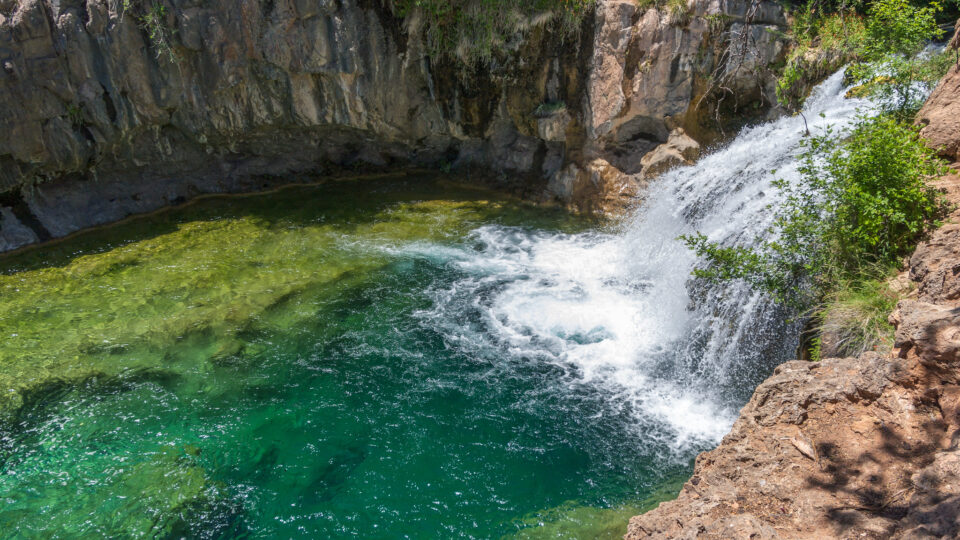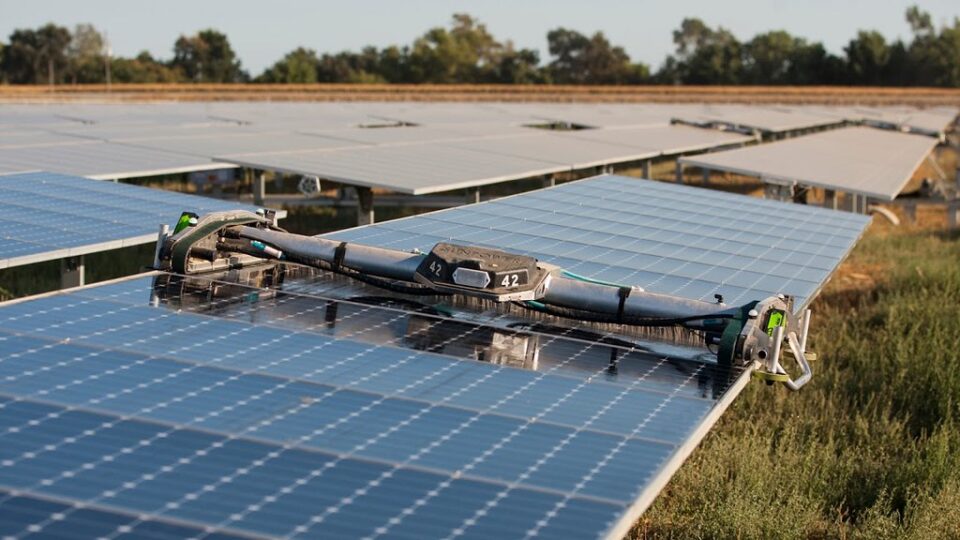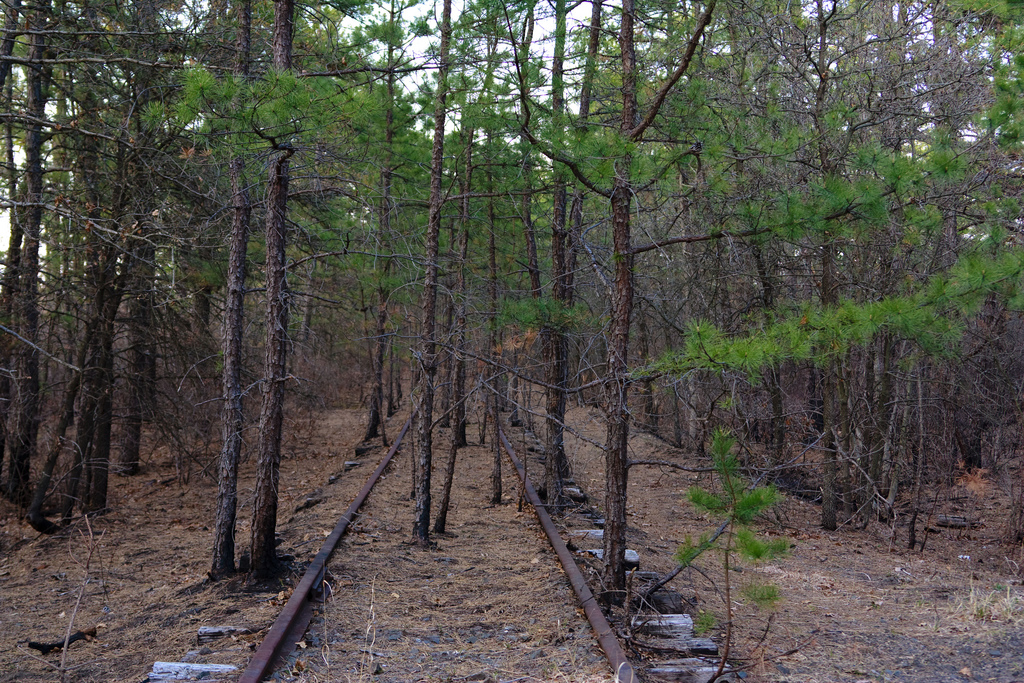Groundwater is found underground in aquifers and it bubbles up naturally into springs, streams, and rivers. It’s also often pumped out for use by people.
Researchers from UC Santa Barbara have conducted the largest assessment of groundwater levels across the globe, spanning 170,000 wells and nearly 1,700 aquifers across more than 40 countries. The team compiled and analyzed data, including 300 million water level measurements taken over the past 100 years.
In the study, which was recently published in the journal Nature, the researchers found that groundwater is rapidly declining across the globe, often at accelerating rates. In fact, they found that groundwater is dropping in 71% of the aquifers studied. The rates of groundwater decline observed in the 1980s and ’90s sped up from 2000 to the present, highlighting how a bad problem became even worse.
But there are some reasons to be optimistic. That’s because in 16% of the aquifers studied, the researchers found that the rate at which groundwater levels are falling in the 21st century had slowed down compared to the 1980s and ‘90s. The research team highlighted specific success stories in Thailand, Arizona, and New Mexico, where groundwater has begun to recover after interventions to better regulate water use or redirect water to replenish depleted aquifers.
While groundwater depletion isn’t inevitable, the researchers stress that aquifer recovery will require interventions. They hope this study will help scientists, policy makers, and resource managers better understand the global dynamics of groundwater.
**********
Web Links
Global groundwater depletion is accelerating, but is not inevitable
Photo, posted October 4, 2016, courtesy of Deborah Lee Soltesz / Coconino National Forest via Flickr.
Earth Wise is a production of WAMC Northeast Public Radio




